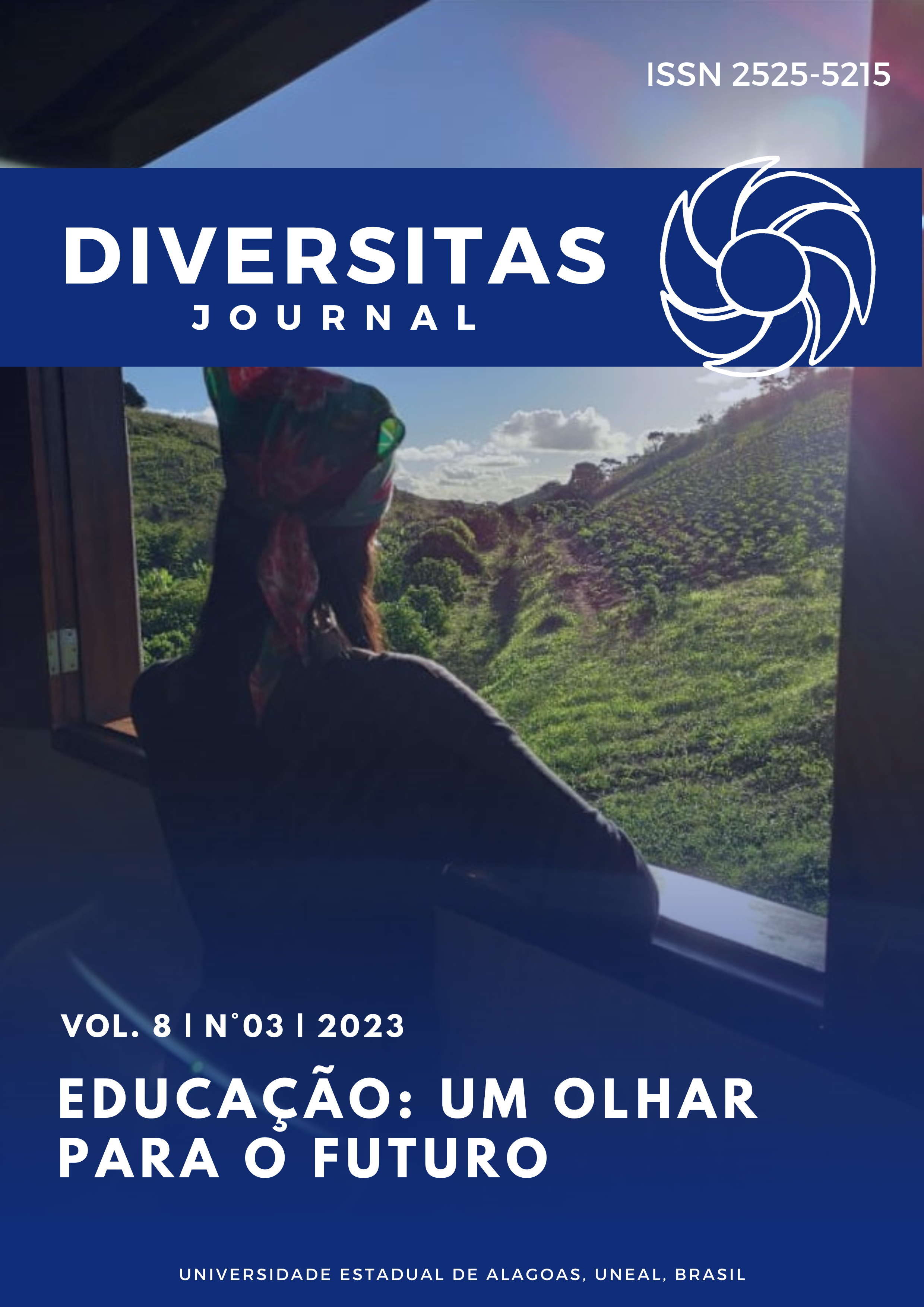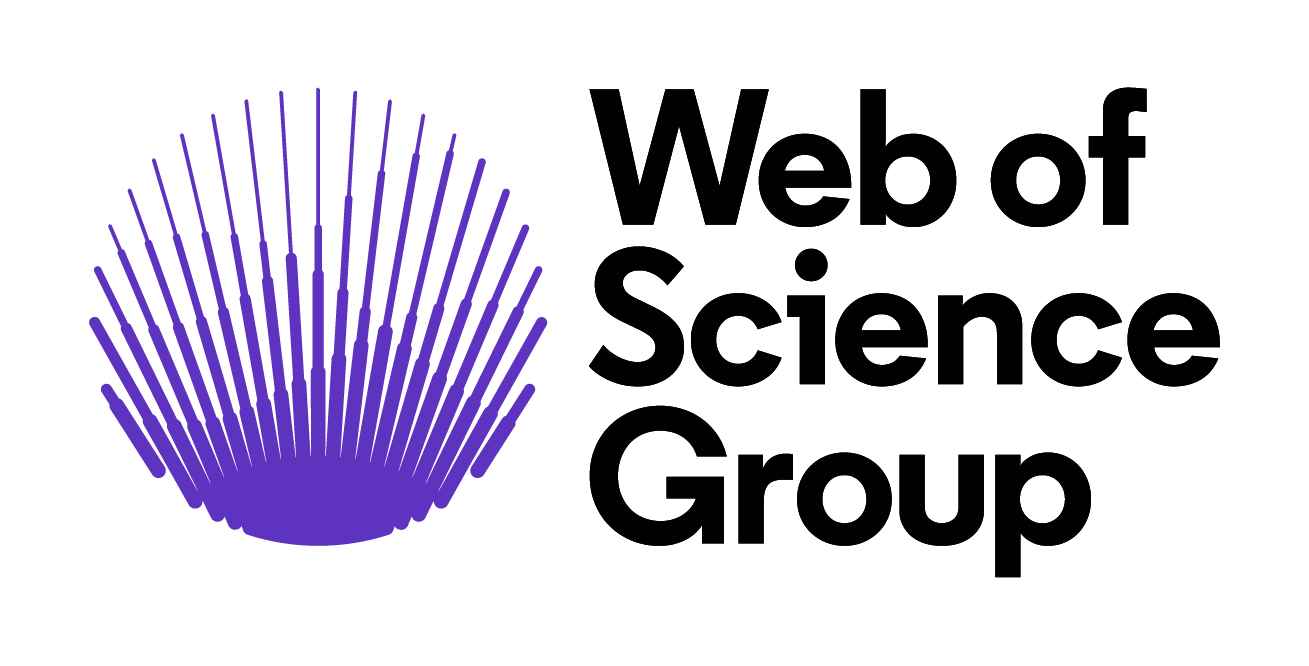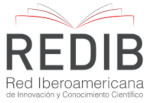Oral and written production
use of Amazonian myths and legends
DOI:
https://doi.org/10.48017/dj.v8i3.2547Keywords:
literature, narratives, culture, educationAbstract
Including myths and legends in teaching as a resource in multicultural contexts allows revitalizing aspects neglected by textbooks, but which are prevalent in the Amazon. Thus, the objective of this work was to analyze the use of Amazonian myths and legends as an incentive to oral and written production and to evaluate the use of the inverted classroom as an active methodology in a public school in Itacoatiara-AM. For this, a booklet with Amazonian myths and legends was prepared with the school students. The booklet was used in Portuguese classes in 3rd year high school classes. The classes were divided into a control group, with traditional classes, and an experimental group, using the inverted classroom. The degree of learning was assessed through questionnaires. In general, most students agreed that studying a topic related to their daily lives would help their oral and written production and that legends are one of their favorite reading genres. Another result was that, with the use of the active methodology, the students were more participative and there was an increase in the average in the evaluations. With this, it was possible to conclude that the use of myths and legends served as an incentive to oral and written production by relating a daily theme with the contents covered in the classroom. Also, by making the student active in the teaching and learning process, he becomes more motivated and participatory, which led to an increase in performance in assessments.
Metrics
References
Antunes, I. (2003). Aula de português: encontro & interação. 8. ed. São Paulo: Parábola.
Barbosa, J. J. (1990). Alfabetização e Leitura. São Paulo: Cortez.
Bayard, J. P. (2002). História das lendas. SP: Book e BooksBrasil.com. < http://www.ebooksbrasil.org/eLibris/lendas.html>
Berbel, N. A. N. (2011). As metodologias ativas e a promoção da autonomia de estudantes. Semina: Ciências Sociais e Humanas, Londrina, v. 32, n. 1, p. 25-40. 2011.
Bordenave, J. D.; Pereira, A. M. (1982). Estratégias de ensino-aprendizagem. 4. ed. Petrópolis: Vozes.
Brasil. (2000). Parâmetros Curriculares Nacionais. Bases legais Brasília. MEC.
Brasil. (2003). Ministério da Educação. Diretrizes Curriculares Nacionais da Educação Básica. MEC, 2013. Brasília, DF.
Ferreira, R. F. (1999). Uma história de lutas e vitórias: a construção da identidade de um afrodescendente brasileiro. Tese de Doutorado, Instituto de Psicologia, Universidade de São Paulo, São Paulo.
Freire, P. (1996). Pedagogia do oprimido. Paz e Terra, v. 43. 256 p.
Frigotto, G. (2007). Entrevista para a TV Paulo Freire. Paraná.
Hoffmann, J. (2003). Avaliação: mito e desafio: uma perspectiva construtivista. Porto alegre: Editora Mediação, 32ª Edição.
INSTITUTO BRASILEIRO DE GEOGRAFIA E ESTATÍSTICA (IBGE). (2021). Censo Brasileiro de 2021. Itacoatiara, Amazonas: IBGE.
Kruger, M. F. (2011). Amazônia: mito e literatura. 3. ed. Manaus, Valer Editora.
Loureiro, J. de J. P. (1995). Cultura Amazônica: uma poética do imaginário. Belém. Ed. Cejup.
Machado, I. A. (1994). Literatura e redação. São Paulo: Scipione, 1994.
Matos, J. S.; Senna, A. K. (2011). História oral como fonte: problemas e métodos. Historiæ, v. 2, n. 1, p. 95-108.
Mello, Anísio (Ed.). (2011). Igapó: estórias e lendas da Amazônia. Manaus: Valer Editora.
Pessoa, S. (2001). Folclore Político do Amazonas. Edições Governo do Estado. 130 p.
Qedu. (2020). Lista completa de escolas em Itacoatiara, Amazonas. Disponível em: < https://qedu.org.br/busca/104-amazonas/3106-itacoatiara>, acesso em: 18 de maio de 2020.
Rampelotto, H. P.; Gizeria, K. (2017). As Dificuldades na Formação do Hábito de Leitura em Alunos do Ensino Fundamental. Revista Científica Multidisciplinar Núcleo do Conhecimento. Edição 02, Ano 02, v. 01. p. 51-66.
Sega, C. M. P. (2008). Tecnologia e interação: mitos e simbolismos. Comunicação e Espaço Público. Ano XI, n. 1 e 2, Brasília.
Silva, F. G. (2017). Fundação de Itacoatiara. 2° ed. Edições Governo do Estado. 269 p.
Souza, M. (2009). História da Amazônia. Manaus, Valer Editora.
Telles, T.; Kruger, M. F. (orgs). (2009). Antologia do conto do Amazonas. 3. ed. Manaus: Valer Editora.
Thornton, A. F. (2021). As interfaces da leitura: Decodificação e compreensão leitora. In: FERREIRA, N. B. S.; BATISTA, J. W. N; QUEIROZ, L. K. G.; GARCIA, I. F. L.; FREIRE, A. F. M. (2021). Conexões: Linguagens e educação em cena. Editora Ampla, Campina Grande – PB.
Downloads
Published
How to Cite
Issue
Section
License
Copyright (c) 2023 Adriana Fernandes Rabelo, Marinete de Lima Ferreira

This work is licensed under a Creative Commons Attribution 4.0 International License.
The Diversitas Journal expresses that the articles are the sole responsibility of the Authors, who are familiar with Brazilian and international legislation.
Articles are peer-reviewed and care should be taken to warn of the possible incidence of plagiarism. However, plagiarism is an indisputable action by the authors.
The violation of copyright is a crime, provided for in article 184 of the Brazilian Penal Code: “Art. 184 Violating copyright and related rights: Penalty - detention, from 3 (three) months to 1 (one) year, or fine. § 1 If the violation consists of total or partial reproduction, for the purpose of direct or indirect profit, by any means or process, of intellectual work, interpretation, performance or phonogram, without the express authorization of the author, the performer, the producer , as the case may be, or whoever represents them: Penalty - imprisonment, from 2 (two) to 4 (four) years, and a fine. ”


















